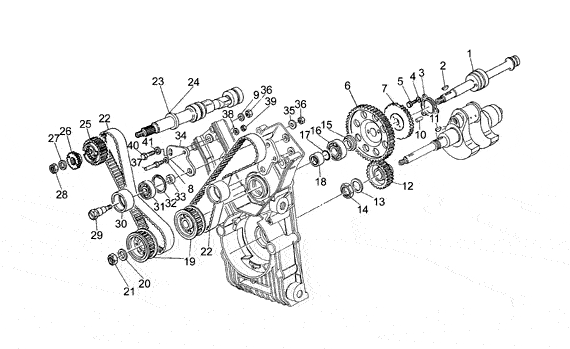Mi_ka
High Miler
What are the differences between the two engines?
Ok, the new 8V is a pretty different architecture with the belt driven cams, the CARC assembly, the alternator set atop, the modern injection system, the capacity differences, the catalysts...
But how do the combustion chamber setups compare to each other?
How do the engine characters differ?
Sounding differently?
Was the old 8V more/less reliable?
More maintenance needed?
Does the old belt drive offer any advantage over the modern chain drive? (ok, when everything has been assembled properly at the factory.. :roll: )
Was the old injection fueling any good?
I see that the old belt 8V still exists in the MGS-01.
Does someboy know if it is the same? An major redesigns or just gone from 992 to 1225 cc and added a modern fueling system?
What may have been the reason for the belt engine's discontinuation for road use at the start of the decade?
Plain old curiosity...
Ok, the new 8V is a pretty different architecture with the belt driven cams, the CARC assembly, the alternator set atop, the modern injection system, the capacity differences, the catalysts...
But how do the combustion chamber setups compare to each other?
How do the engine characters differ?
Sounding differently?
Was the old 8V more/less reliable?
More maintenance needed?
Does the old belt drive offer any advantage over the modern chain drive? (ok, when everything has been assembled properly at the factory.. :roll: )
Was the old injection fueling any good?
I see that the old belt 8V still exists in the MGS-01.
Does someboy know if it is the same? An major redesigns or just gone from 992 to 1225 cc and added a modern fueling system?
What may have been the reason for the belt engine's discontinuation for road use at the start of the decade?
Plain old curiosity...

